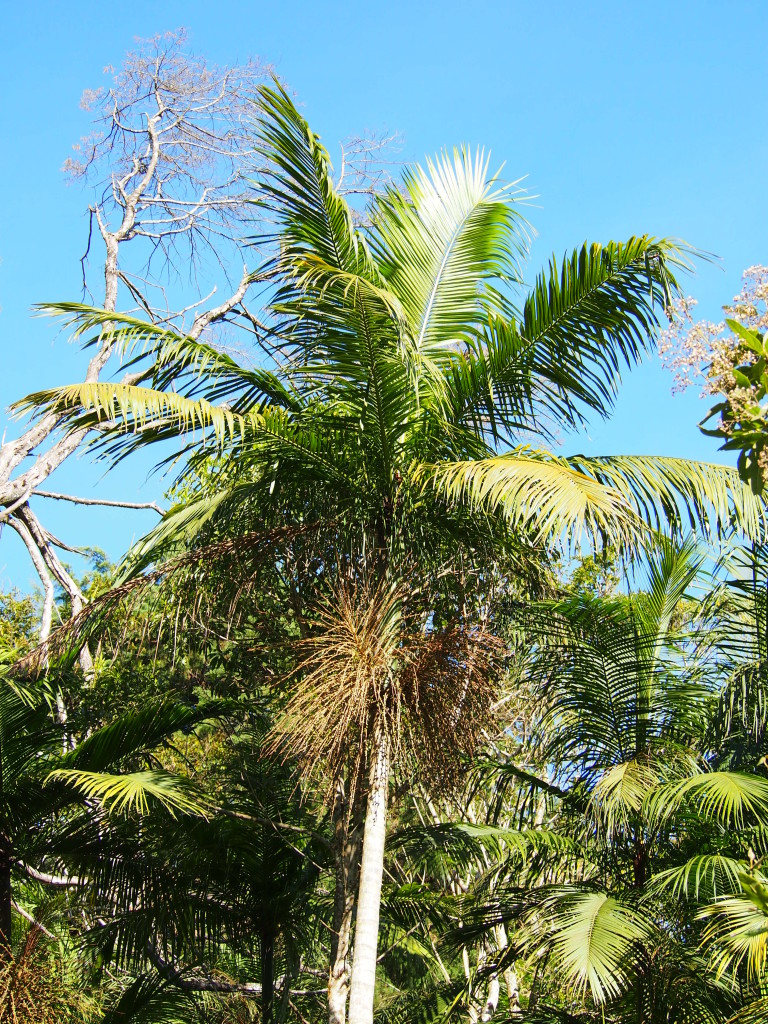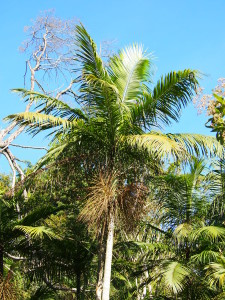
Effects of “primatization” on the population dynamics of a palm tree that is vulnerable to extinction
Changes caused by habitat fragmentation are expected to lead to a decrease in the recruitment of plant seedlings, changing their population dynamics and thus jeopardizing the persistence of populations. The high density of a predator can therefore be predicted to cause a drastic decrease in the density of the plant on which it feeds. The hypothesis that reducing the habitat area and increasing the abundance of a predator could lead to a negative growth rate of populations of a palm was tested in this study. The objective of this research is to compare long-term dynamics of populations of juçara (Euterpe edulis) in a fragmented landscape of Atlantic Forest in the state of Rio de Janeiro, Brazil. Study sites in four forest fragments (19, 21, 57 and 2,600 ha) were established in 2005 and the populations were re-sampled annually from 2006 to 2015. The focal predator in this study (the Capuchin monkey, Sapajus nigritus) is native and occurs only in the largest fragment and its population is superabundant. All palm individuals within the plots were marked and measured each year of the study, and the new individuals were marked and measured annually. Lefkovitch matrixs were built for each transition year and for each fragment, and ʎ and elasticity were calculated. In this ten-year study, we found variation in palm population size in small fragments and a linear decrease in the largest fragment. There were 156 palm individuals with 11 adults in 2005 and 296 with 57 adults in 2015 in the smaller fragments and in the largest fragment there were 839 with 60 adults in 2005 and 154 with no adults in 2015. This decrease in the largest fragment was primarily due to mortality caused by the predator preying upon the palm hearts, which resulted in the death of 10 to 49 adult individuals per year. We estimated that the palm population in the largest fragment is decreasing 31%, 39% and 32% in each year interval, while the populations in the smaller fragments are stable. Small fragments, where there predators are absent, have became important for the long term survival of the palm. On the other hand, the large fragment is in a process that we could call “primatization”, that is, a predominance of monkeys, where they impact other species` populations and short term to middle term, Euterpe edulis will probably become extinct in the large fragment researched. The general conclusion with this study is that human activities disrupt animal communities with cascading effects including plant population dynamics. In order to examine if the monkey-palm interaction occurs widely scattered in the landscape, my current research now is focused in survey palm individuals in fragments with different monkey densities.
Euterpe edulis

